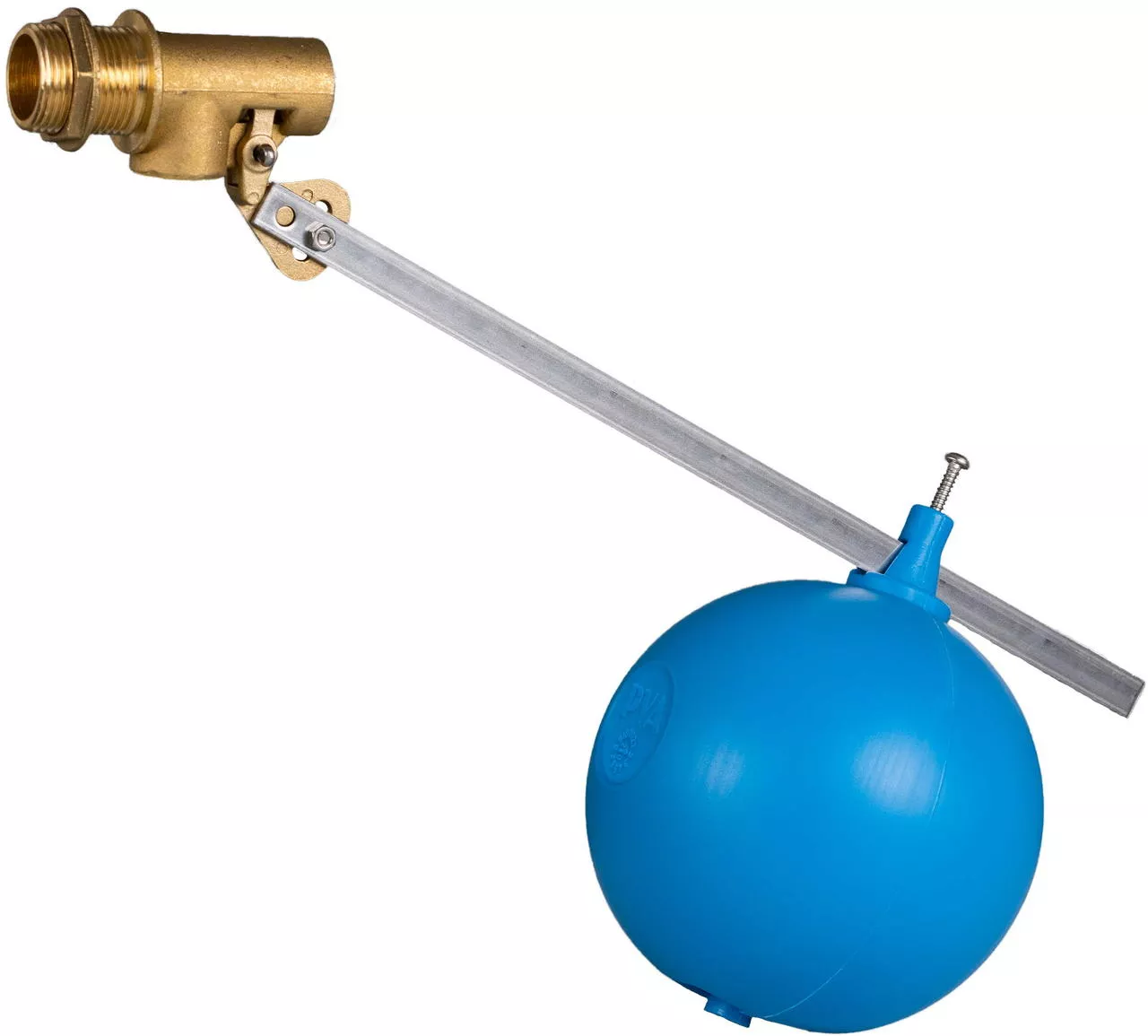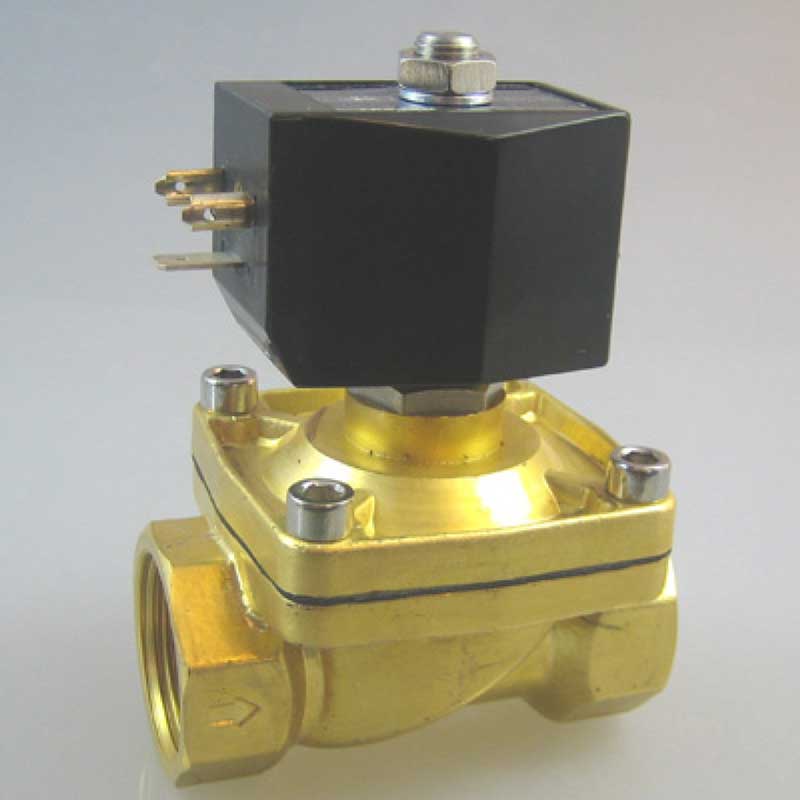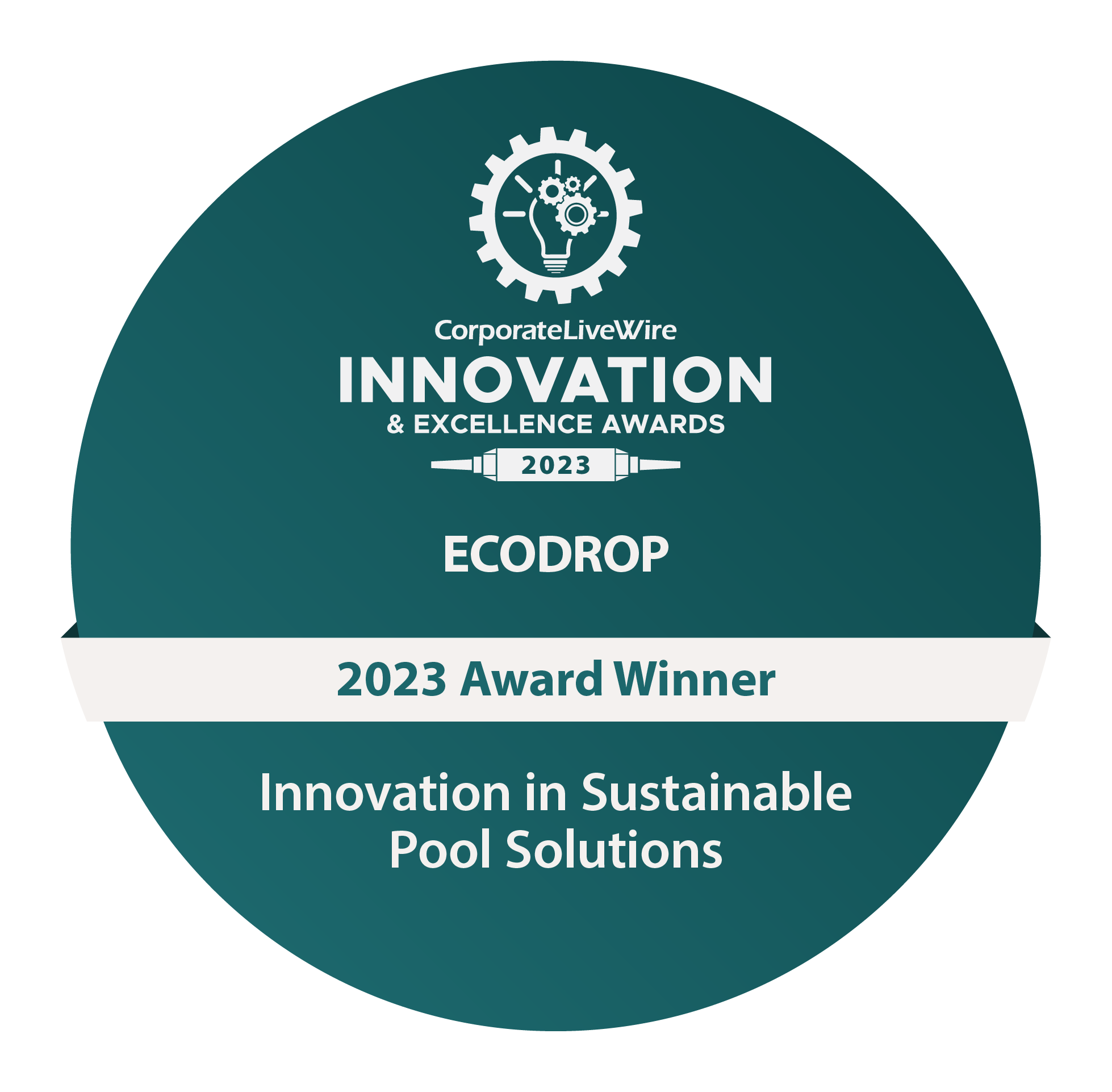There are basically two types of automatic level control:
- Level regulation with a floating valve
![ECODROP: Level regulation with a floating valve ECODROP: Level regulation with a floating valve]() This type works with any liquid, whether it conducts or not. Good quality floating valves snap shut when the level is reached - cheap variants close slowly and generate noise in the process. The disadvantage of float valves is that they require a relatively large amount of space and are always on the surface. Also, the level is always filled up immediately, which increases water consumption.
This type works with any liquid, whether it conducts or not. Good quality floating valves snap shut when the level is reached - cheap variants close slowly and generate noise in the process. The disadvantage of float valves is that they require a relatively large amount of space and are always on the surface. Also, the level is always filled up immediately, which increases water consumption. - Level regulation with a solenoid valve
![ECODROP: Level regulation with a solenoid valve ECODROP: Level regulation with a solenoid valve]() This solution requires a switching device with one or two sensors and a strong solenoid valve. Only conductive liquids work with these sensors. Please note that rainwater conducts poorly or not at all.
This solution requires a switching device with one or two sensors and a strong solenoid valve. Only conductive liquids work with these sensors. Please note that rainwater conducts poorly or not at all.
1st sensor: as soon as the water level falls slightly below the threshold, the solenoid valve opens and fills up with water. This is not always useful, especially when it might rain or bathing quest cause waves that will trigger the valve to open and close constantly.
2nd sensor: Allows a predefined delta in the level without immediately topping up with water. This is the more sustainable and water-saving variant.
All these variants are inexpensive, but the installation in the skimmer is the more costly part. Certainly, there are also skimmers or infinity pools that have an automatic level control built-in. These are usually very expensive.
It is much cheaper to install the valves/sensors in a separate container that is directly connected to the pool and open at the top.




 This type works with any liquid, whether it conducts or not. Good quality floating valves snap shut when the level is reached - cheap variants close slowly and generate noise in the process. The disadvantage of float valves is that they require a relatively large amount of space and are always on the surface. Also, the level is always filled up immediately, which increases water consumption.
This type works with any liquid, whether it conducts or not. Good quality floating valves snap shut when the level is reached - cheap variants close slowly and generate noise in the process. The disadvantage of float valves is that they require a relatively large amount of space and are always on the surface. Also, the level is always filled up immediately, which increases water consumption. This solution requires a switching device with one or two sensors and a strong solenoid valve. Only conductive liquids work with these sensors. Please note that rainwater conducts poorly or not at all.
This solution requires a switching device with one or two sensors and a strong solenoid valve. Only conductive liquids work with these sensors. Please note that rainwater conducts poorly or not at all.